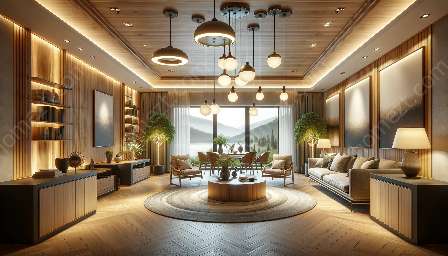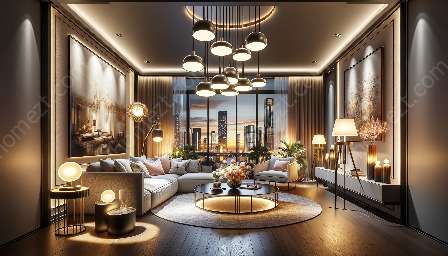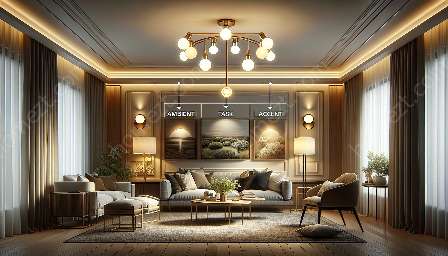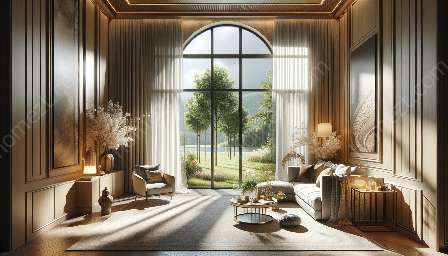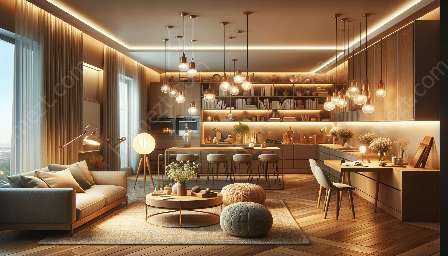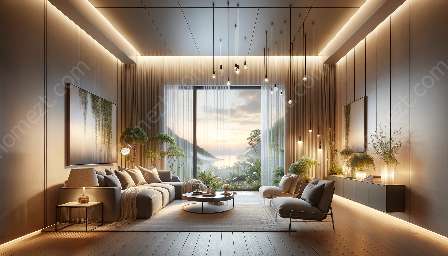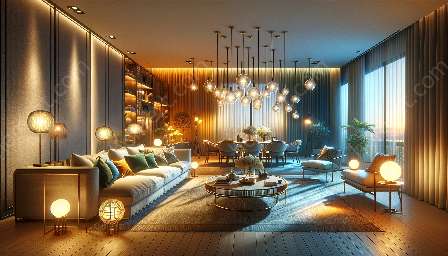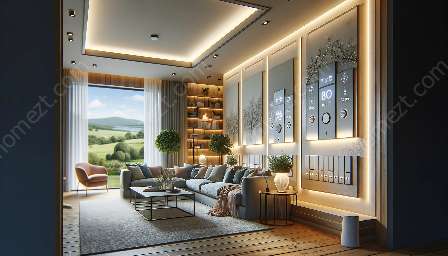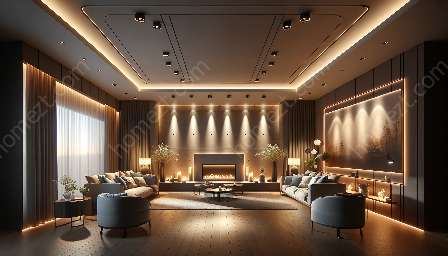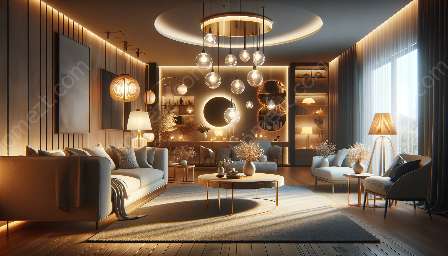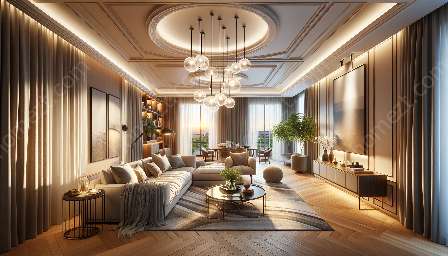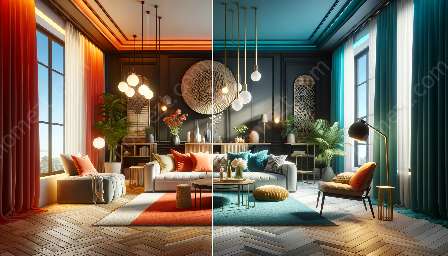Color temperature is a critical aspect of lighting design that deeply influences the ambiance and functionality of interior spaces. In the context of home furnishings, the choice of color temperature can make a significant difference in the way a room looks and feels. Let's delve into the significance of color temperature and its compatibility with lighting design and home furnishings.
The Basics of Color Temperature
Color temperature refers to the color of light emitted by a light source, measured in degrees Kelvin (K). It defines whether the light appears warm, cool, or neutral and plays a vital role in setting the mood of a space. Generally, color temperatures are categorized as warm, neutral, and cool, with warm colors having lower color temperatures and cool colors having higher color temperatures.
Compatibility with Lighting Design
When it comes to lighting design, understanding color temperature is crucial for creating the desired ambiance and enhancing the functionality of a space. Different environments and activities require different color temperatures to achieve optimal lighting conditions. For example, warm color temperatures (ranging from 2700K to 3000K) are often preferred for living areas and bedrooms as they impart a cozy and inviting atmosphere. In contrast, cool color temperatures (ranging from 4000K to 5000K) are suitable for task-oriented areas like kitchens and workspaces due to their bright and energizing qualities.
Impact on Home Furnishings
Color temperature directly affects how home furnishings, such as furniture, fabrics, and wall colors, appear in a particular lighting setup. By choosing the appropriate color temperature, the perception of colors and textures within a room can be altered to achieve the desired visual effect. Warm color temperatures tend to enhance earthy tones and create a welcoming ambiance, while cooler color temperatures can bring out the crispness in modern furnishings and accents.
Choosing the Right Color Temperature
When determining the appropriate color temperature for a lighting design, it's essential to consider the function of the space, the time of day the room is most frequently used, and the personal preferences of the occupants. Additionally, the interplay between natural and artificial lighting should be taken into account to ensure a harmonious balance. Experimenting with different color temperatures and observing their effects on home furnishings can help in making an informed decision that complements the overall design vision.
Conclusion
Color temperature plays a pivotal role in lighting design and has a profound impact on the appearance and atmosphere of interior spaces, including their compatibility with home furnishings. By understanding the basics of color temperature and its relationship with lighting design, individuals can make informed decisions to create visually appealing and functional living environments.

